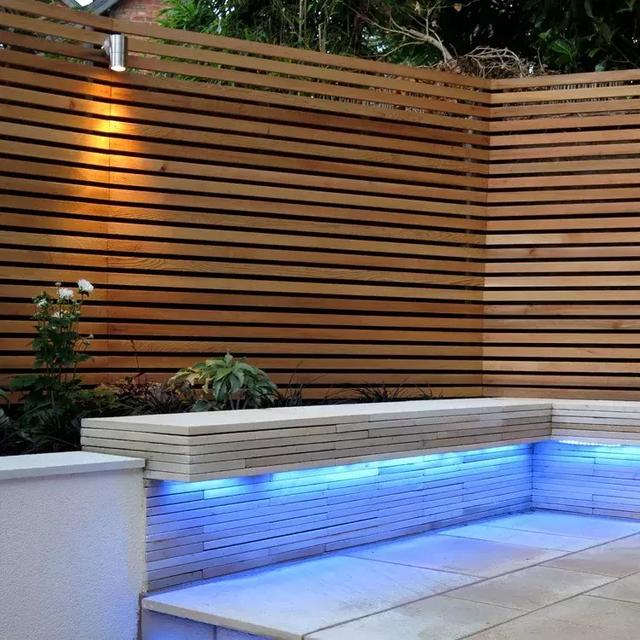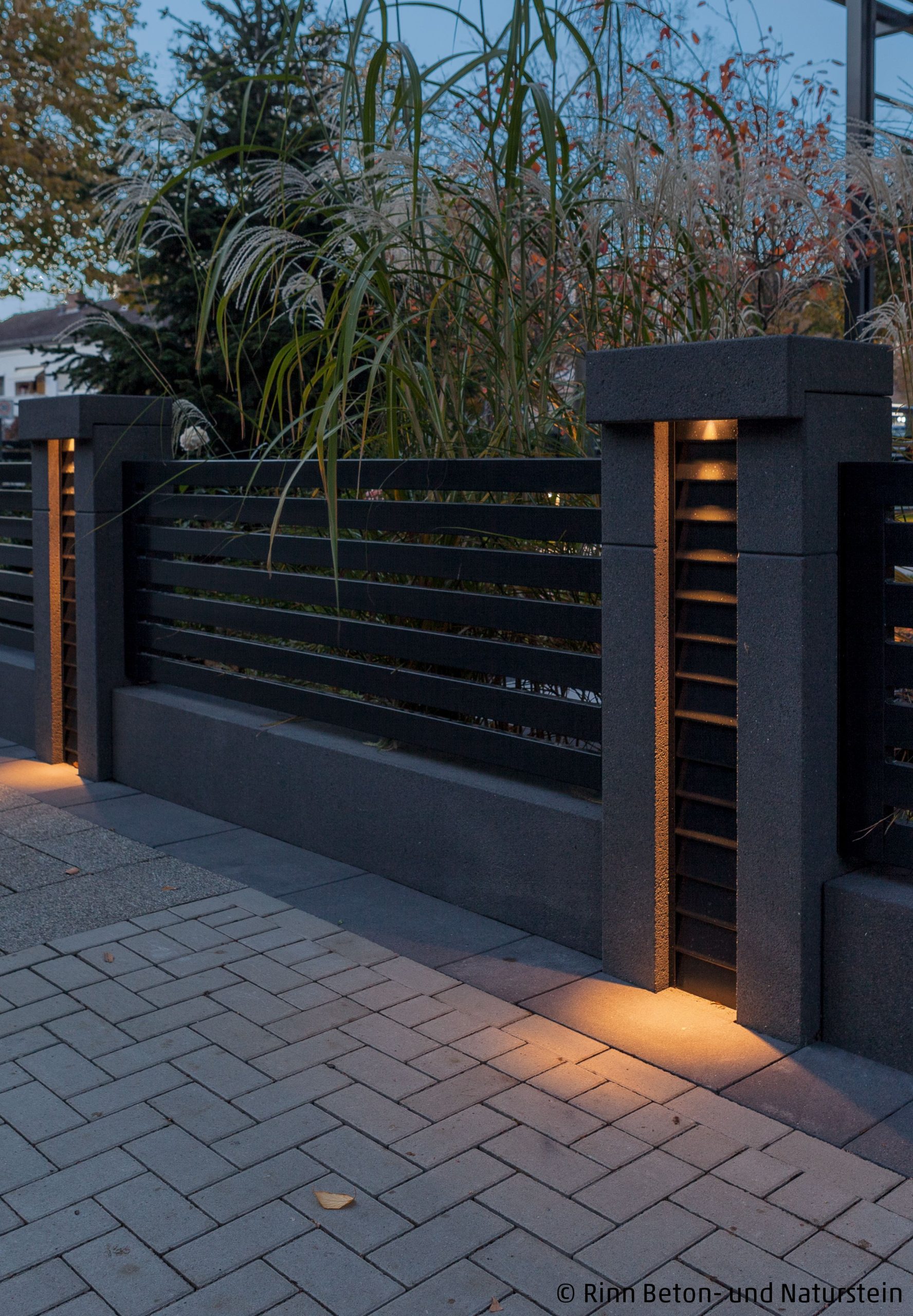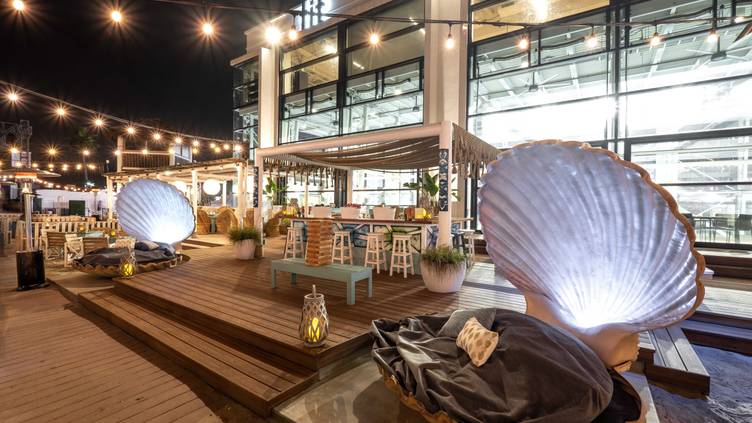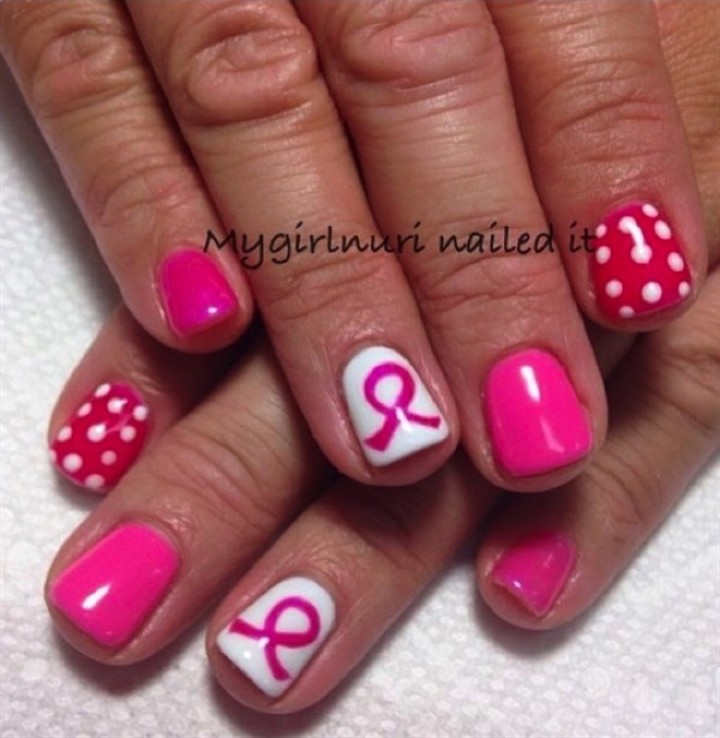Table Of Content

Oblique lines, on the other hand, suggest movement and action. Vertical lines establish an atmosphere of balance, alertness, and formality. It is always defined by boundaries and more often used to stress a particular portion of a page. The direction, weight, and character of the line can convey different states of emotions and can evoke various reactions.
The basic principles of design—and how to apply them
Usually, scale is used in design to represent the accurate size of an object or to emphasize the difference in size between two objects. However, if you want to create something that you will make an impact on your audience, then it’s best if you forget about scaling objects according to reality. What constitutes the “basic” principles of design is certainly up for debate. But understanding and implementing the principles covered above is vital to the success of any design project. The use of color in design is one of the most psychologically important parts of a design and has a huge influence on user experience.
Improve With Our Famous Guides
To reach more people, your expertise has to spread thin and let emotions onboard users. That’s why one of the best ways to see if a composition works is to view it from a distance. In this painting, the swirls of color in the sky carry the viewer’s gaze from left to right, which makes you feel like you’re experiencing the night breeze. But on a mechanical level, Van Gogh’s brush strokes create movement, too.
Contrast
In design, use different tonal values to create emphasis in your composition. Create the illusion of movement by overlapping multiple elements with different values. You’ll notice that high-value images have a light and airy feel to them, while dark value images feel heavy and dramatic. Understanding the fundamentals of design is the first step to creating cohesive and harmonious visuals. When we look at a design piece, our eyes are looking at a composition. By carefully and thoughtfully arranging elements on a page, you are able to portray more than just visuals.
Shapes, colors, objects, textures, or values can create balance in a design. This is an essential principle because imbalance can cause discomfort for the viewer. Shape is also a major part of any design, both in terms of specific shapes used as elements within the design, and the overall shape of the design itself. Different shapes can evoke different feelings, i.e circles are organic and fluid, while squares are more rigid and formal, and triangles give a sense of energy or movement.

Spruce up Your Visuals for Social Media
Emphasize design elements with bold lines and use thin lines for decoration. If you want to establish a more personal connection, appeal to your target market with lines that mimic handwriting. Color is an important element of design that shouldn’t be neglected. It gives a certain feeling and personality to your piece and can be applied to any of the other visual elements.
The Meaning of Design: What Design Is and Why It’s Important
However, you don’t have to show variety, just because you need to have it in your design. It should come naturally and make up an aesthetically-pleasing composition. These days, using patterns and repetition of the same elements is trendy both for print and fashion. What are some commonly asked questions about the twelve principles of design? But what drives a person’s attention when they see your design?
Learn how to build a business online
Oftentimes, we don’t notice emphasis when it’s done well...but it definitely stands out when it’s done poorly! For example, think about the billboards you see when you drive down the highway. The best ones put the most important information in big, bold letters, or use a related image to capture your attention. But when the type is too small or the images are too cluttered, the advertisement doesn’t work as well. Now let’s discuss the main and most important element of design which is size and scale. Changing the size and scale of your objects, shapes, typography, and other elements emphasizes a point and adds interest.
You’ve likely seen this famous print before, which is known as the The Great Wave off Kanagawa. This iconic artwork not only showcases the power and beauty of nature but also effectively promotes the design principle of movement through its composition and visual elements. Or is everything concentrated on one corner of the design, leaving the other end vacant with ample negative space? Balance the elements within your designs to give them a pleasing appearance.
In design, we can simulate a tactile feeling with visual patterns, lines, and color — the better the texture is, the easier it is to imagine how it would feel. Overall, the purpose of white space in design is to help create a sense of order and clarity. It also draws attention to the most critical aspects of a design. Take the design elements quiz to learn more about the usage of lines, dots, and planes in composition.
Art Deco Interior Design: Everything You Need to Know About This Opulent Style - Architectural Digest
Art Deco Interior Design: Everything You Need to Know About This Opulent Style.
Posted: Mon, 16 Jan 2023 08:00:00 GMT [source]
Designers must consider the psychological impact of colors to achieve the desired effect and reinforce the overall theme of the composition. Horizontal lines, such as those of tables, bring a sense of stability to an interior. The vertical lines of the room come from features like windows and doors or maybe a tall fireplace. They’re prized for giving a feeling of freedom and can make a room seem taller. Choosing a tall piece of furniture, for example, can lead the eye upwards and visually heighten the room. In any scheme a balance between horizontal and vertical lines is essential.
Netflix, Making Space Partner on Tutorial to Expand Graphic Design Education for Disabled Artists (Exclusive) - Hollywood Reporter
Netflix, Making Space Partner on Tutorial to Expand Graphic Design Education for Disabled Artists (Exclusive).
Posted: Wed, 15 Nov 2023 08:00:00 GMT [source]
This also brings us to the last design principle, which is unity. Even though this image has a lot of variety, it has an overall harmonious aspect, creating a sense of unity. Where emphasis draws the viewer's attention to specific elements in an obvious way, movement is more subtle.
The lines suggest that this was not drawn from life, but from hearsay. And if you want to receive additional tips on becoming a better visual communicator, don’t forget to sign up for our weekly newsletter below. It is the active and visible distance or area between and around, above, and below or within the elements used in one project design. Alignment serves to put elements together in a visible and readable arrangement. It specifically refers to positioning items in such a way that they line up with each other..
If you have a light blue background image, write your copy in a darker font, most preferably on a patch over a part of the image so that it can be seen. Designs with poor contrast have elements that can be easily missed. Any seasoned designer would tell you that emphasis can make or break an advertisement. To know what element needs emphasis, you must address the purpose of the creative. The nature of design is such that each artist has the freedom of expression.
Marketers know the basics of color theory in design and use it to stimulate people’s sense of security, alert, and so on. What most people and, sadly, many designers know about color does not do it enough justice. Color is the first thing we’d notice but the last we’d understand.
One of the most important elements of visual design is color as it is useful for both the design team and the user. It is necessary to create a background for your website, app, or any interface, and also for designing other elements. It helps you to decide which elements you want to stand out by using different variations of colors to manipulate design elements. This is why these elements were created so that web designers can easily build the foundation of any web design.






















